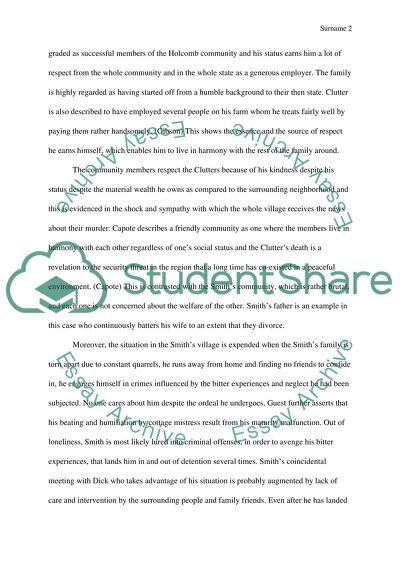Cite this document
(“Themes of community, family, and mental illness in the book In Cold Research Paper”, n.d.)
Retrieved from https://studentshare.org/english/1460350-themes-of-community-family-and-mental-illness-in
Retrieved from https://studentshare.org/english/1460350-themes-of-community-family-and-mental-illness-in
(Themes of Community, Family, and Mental Illness in the Book In Cold Research Paper)
https://studentshare.org/english/1460350-themes-of-community-family-and-mental-illness-in.
https://studentshare.org/english/1460350-themes-of-community-family-and-mental-illness-in.
“Themes of Community, Family, and Mental Illness in the Book In Cold Research Paper”, n.d. https://studentshare.org/english/1460350-themes-of-community-family-and-mental-illness-in.


